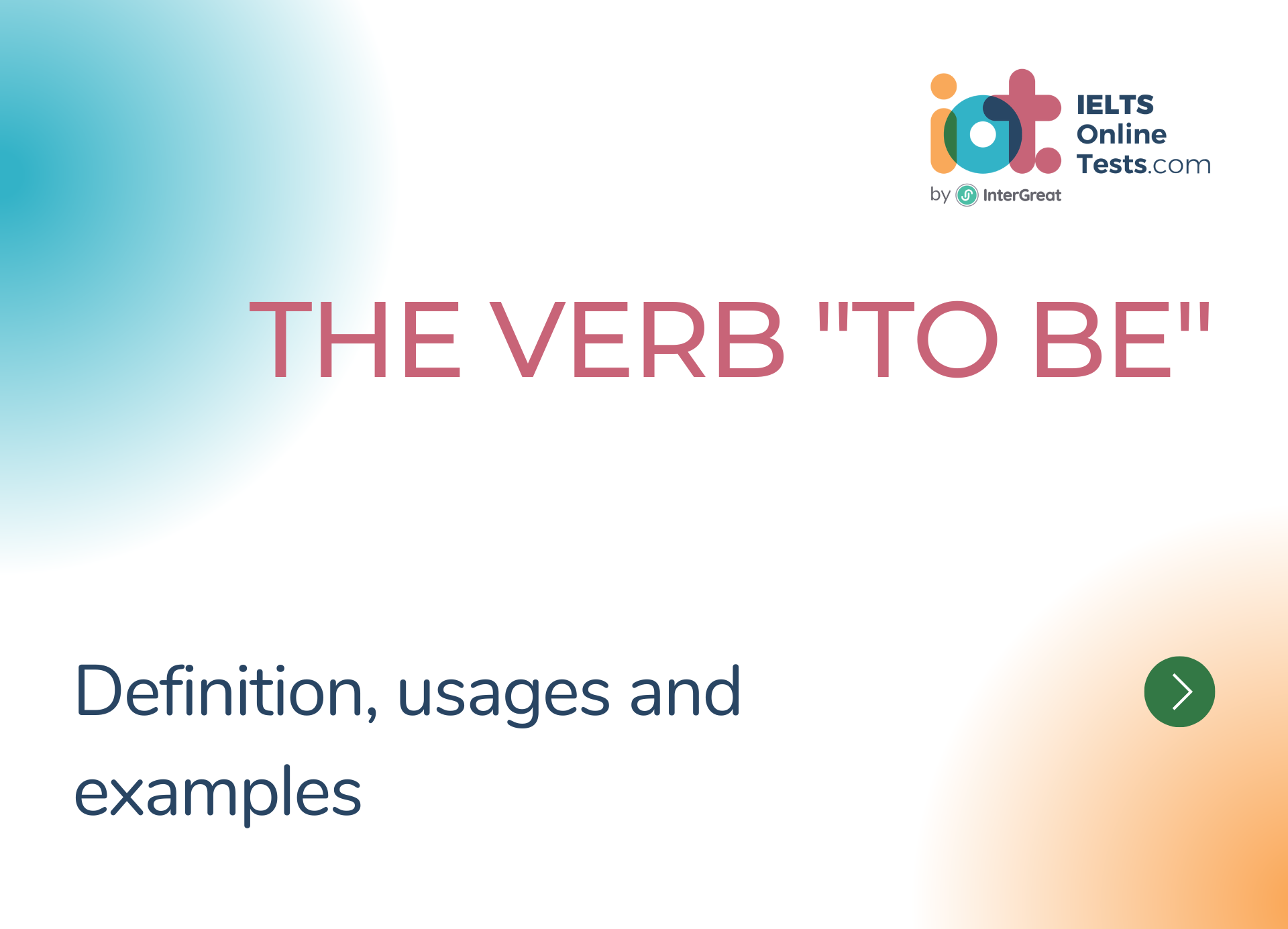
The verb "to be"
The verb "to be" is one of the most important and commonly used verbs in the English language. It serves various functions and has different forms depending on the tense and subject of the sentence.
Here's an overview of the verb "to be":
- Present Tense:
- "To be" has three primary forms in the present tense: am, is, and are.
- "Am" is used with the pronoun "I."
- Example: "I am happy."
- "Is" is used with the pronouns "he," "she," "it," and with singular nouns.
- Example: "She is a doctor."
- "Are" is used with the pronouns "you," "we," "they," and with plural nouns.
- Example: "We are students."
- Past Tense:
- The past tense forms of "to be" are was (singular) and were (plural).
- "Was" is used with the pronouns "he," "she," "it," and with singular nouns.
- Example: "He was tired."
- "Were" is used with the pronouns "you," "we," "they," and with plural nouns.
- Example: "They were at the party."
- Future Tense:
- The future tense of "to be" is formed by using "will be" or "shall be" with any subject.
- Example: "She will be here tomorrow."
- Continuous Forms:
- "To be" is used as an auxiliary verb to form continuous tenses.
- For present continuous, use "am/is/are" + present participle (-ing form).
- Example: "They are studying."
- For past continuous, use "was/were" + present participle (-ing form).
- Example: "She was cooking."
- Passive Voice:
- "To be" is also used as an auxiliary verb to form the passive voice.
- Use "am/is/are" + past participle for present passive.
- Example: "The book is read by many people."
- Use "was/were" + past participle for past passive.
- Example: "The cake was eaten by the children."
The verb "to be" is versatile and can serve as a main verb or an auxiliary verb in various contexts. It helps establish identity, describe states of being, indicate possession, and form passive voice constructions. Understanding its forms and usage is essential for constructing accurate and meaningful sentences in English.




